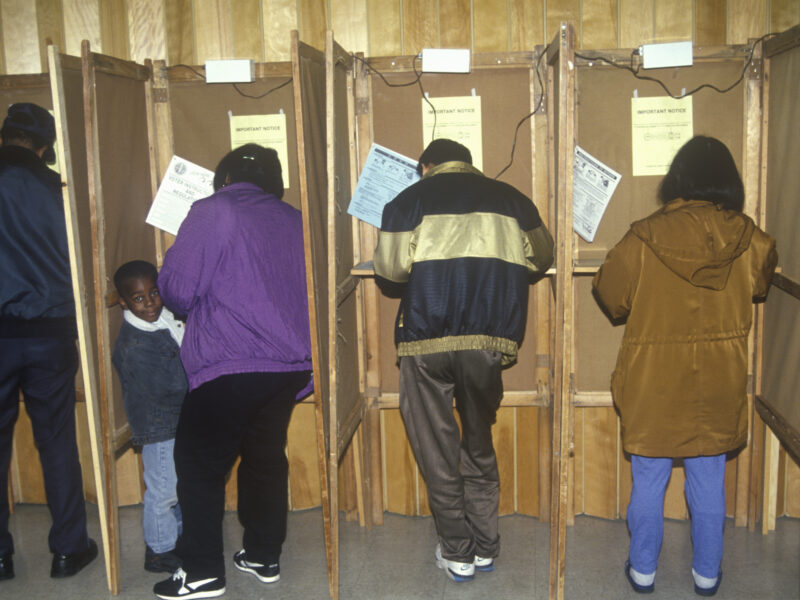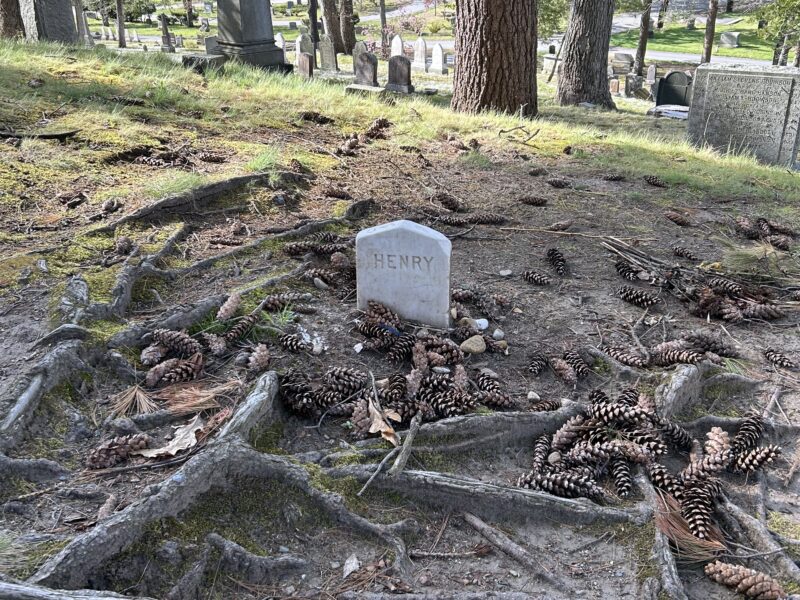The Coastal Journal is a free weekly paper covering midcoast Maine. I give it a look each Thursday morning when my daily issue of the Portland Press Herald provides it as an insert. Last week, my typical half-glance at the headlines transformed into full attention when I read these words on the front page of the 11/23/17 edition:
“…less than half of high school students in Sagadahoc County [Note: Bath is the county seat.] feel like they matter in their community.”
Then, just as I was letting that sink in, the next sentence hit me like a ton of bricks: “One in five have considered suicide in the past year.”
On the one hand, I have nothing to compare that to. On the other, it sure seems like a lot.
The article, “Planting Hope,” went on to explain and assess some of the results from the 2015 Maine Youth Mental Health Survey, an annual anonymous research tool that canvasses thousands of students of all ages from across Maine.
Curious to learn more, I Googled the survey. (I actually was able to access the 2017 survey, hot off the press.) The questions cover an amazing range of issues: seat belt law compliance, the use of bicycle helmets, obesity, dating habits, sexual exploration, home violence, tobacco usage, drugs, alcohol, and on and on. It also broke down respondents in a wide variety of ways including gender, county, age, race, and sexual orientation.
Here are some of the statewide responses from high school age students that caught my attention (with percentages rounded up or down):
- Has violence in your home, or the threat of violence, ever made you want to leave your home, even just for a short while? 20%
- During the past 12 months, have you ever been bullied on school property? 22%
- During the past 12 months, have you ever texted or talked on the phone while driving? 38%
- Have you ever used an electronic vapor product? 33%
- During the past 12 months, have you ever been a passenger in a car with a driver who has been drinking? 14%
- During the past 12 months, have you ever been a passenger in a car with a driver under the influence of illegal drugs? 16%
Relative to suicide and self-harm issues, the questions plumb deeper:
During the past 12 months, did you ever seriously consider attempting suicide? 15% said “Yes.” When the answers to this question are broken down along lines of sexual orientation, a startling 36% of gay/lesbian respondents answered “Yes.”
During the past 12 months, did you make a plan about how you would attempt suicide? 12% said “Yes.”
During the past 12 months, how many times did you actually attempt suicide? 7% answered “at least once.” (Sagadahoc County: 10%) Gay/lesbian students: 19%.
During the past 12 months, how many times did you do something to purposely hurt yourself without wanting to die, such as cutting or burning yourself on purpose? 16% answered “at least once.” (Sagadahoc County: 19%)
Many parents, educators, and concerned citizens are working hard to dramatically lower these percentages across the board. Looking through the lens of my profession, I am compelled to wonder: What can schools do in order to serve as a critical component of the solution?
The Coastal Journal article highlights a promising program at Bath’s Morse High School that seems pretty simple at face value: the planting and nurturing of a heart-shaped tulip garden – each yellow tulip bulb mulched with tiny handwritten messages like “You matter” and “You are not alone.” – on the front lawn of the school. In short, school and community members are Planting Hope in a most literal sense.
All schools can step in the direction of hope by making a commitment to do everything possible to assure that we care more about who kids are than about what they can do. No Child Left Behind, since 2001, has done some good things, especially in shining a spotlight on the needs of disadvantaged children. However, its singular focus on testing has, well, left too many children behind. Let all our schools transition our priorities from aptitude, ability, and talent to attitude, effort, and character. Let’s move all children ahead.
Onward, Malcolm Gauld
PS: Here’s the link to the 2017 Maine Youth Mental Health Survey:


